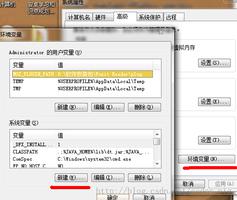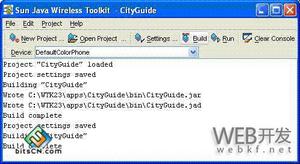模拟Jest中的按钮单击
模拟按钮单击似乎是非常简单/标准的操作。但是,我无法在Jest.js测试中使用它。
这是我尝试过的(也可以使用jquery进行此操作),但似乎没有触发任何操作:
import { mount } from 'enzyme';page = <MyCoolPage />;
pageMounted = mount(page);
const button = pageMounted.find('#some_button');
expect(button.length).toBe(1); // it finds it alright
button.simulate('click'); // nothing happens
回答:
这就是我使用笑话嘲笑回调函数来测试click事件的方式
import React from 'react';import { shallow } from 'enzyme';
import Button from './Button';
describe('Test Button component', () => {
it('Test click event', () => {
const mockCallBack = jest.fn();
const button = shallow((<Button onClick={mockCallBack}>Ok!</Button>));
button.find('button').simulate('click');
expect(mockCallBack.mock.calls.length).toEqual(1);
});
});
我还使用了一个称为酶的模块
酶是一种测试实用程序,可让您更轻松地断言和选择您的React组件
另外,您可以使用另一个称为sinon的模块,该模块是JavaScript的独立测试间谍,存根和模拟。这是什么样子
import React from 'react';import { shallow } from 'enzyme';
import sinon from 'sinon';
import Button from './Button';
describe('Test Button component', () => {
it('simulates click events', () => {
const mockCallBack = sinon.spy();
const button = shallow((<Button onClick={mockCallBack}>Ok!</Button>));
button.find('button').simulate('click');
expect(mockCallBack).toHaveProperty('callCount', 1);
});
});
最后,您可以使自己的天真间谍(除非您有充分的理由,否则我不建议您使用这种方法。)
function MySpy() { this.calls = 0;
}
MySpy.prototype.fn = function () {
return () => this.calls++;
}
it('Test Button component', () => {
const mySpy = new MySpy();
const mockCallBack = mySpy.fn();
const button = shallow((<Button onClick={mockCallBack}>Ok!</Button>));
button.find('button').simulate('click');
expect(mySpy.calls).toEqual(1);
});
以上是 模拟Jest中的按钮单击 的全部内容, 来源链接: utcz.com/qa/422869.html






